EXPERTISE // SERVICES // FIRE PROTECTION AND LIFE SAFETY
Structural Fire Protection and Fire Resistance Design
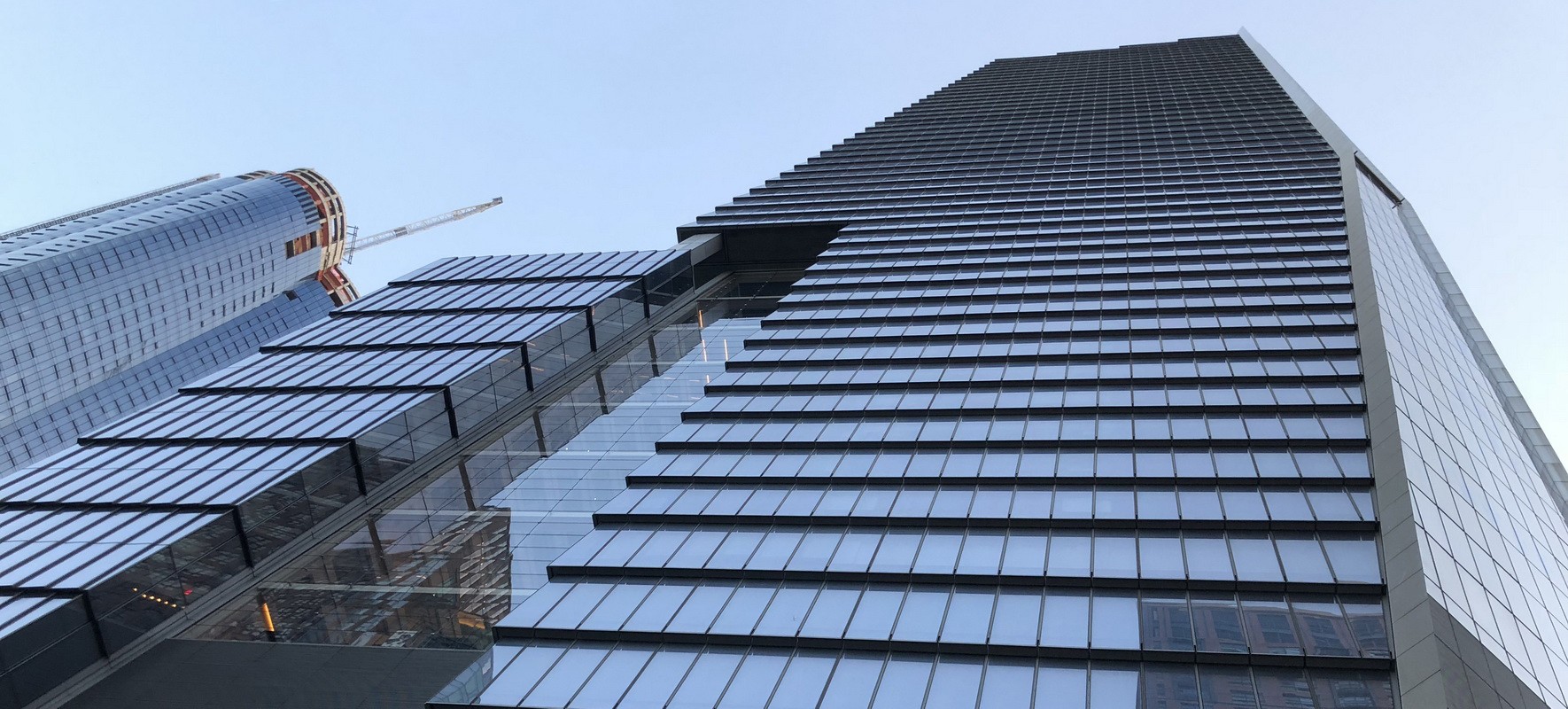

Architects often rely on prescriptive fire resistance designs or a limited selection of listed assemblies to achieve code compliance. These designs can have significant limitations based on assumptions inherent in the standard fire tests from which their fire resistance ratings were derived. Our professionals deliver designs optimized for aesthetics, functionality, and cost-effectiveness without compromising fire safety. Our fire protection engineers can also assess existing, nonconforming construction and develop practical solutions that avoid costly modifications.
Our fire protection engineers and consultants proactively address structural fire protection issues before they impact the overall design goals of a project. Working together across disciplines, our engineers, architects, and materials scientists evaluate the structural fire resistance of building elements, components, and assemblies; develop design details for fire and smoke barriers, horizontal assemblies, exterior walls, and facade construction; and address opening protection and fire-stopping of through-penetrations and construction joints.
Our in-depth understanding of fire science, construction materials, standard fire tests, and building design, combined with our state-of-the-art laboratory, enables us to provide valuable insight and identify solutions for numerous constructability problems. We use calculations and models to develop economical and technically sound solutions in conjunction with laboratory analysis and fire testing. Our fire and structural modeling capabilities can also be applied to unique building configurations or fire loads not anticipated by the standard fire tests upon which prescriptive fire resistance designs and approved assemblies rely.
- Comparative engineering analysis of building elements, components, and assemblies to listed designs
- Calculated fire resistance designs
- Alternative protection methods
- Development of fire resistance designs through fire testing
- Field and laboratory testing and analysis
- Finite element analysis
- Fire modeling/heat transfer analysis
- Fire resistance evaluation of existing building elements, components, and assemblies
- Prescriptive fire resistance design
- Selection of fire resistance designs from approved sources (UL, ICC-ES, USG, etc.)
- Third-party review
RELATED INFORMATION
-
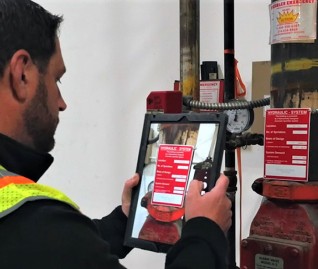 Our professionals are experienced providers of fire protection and life safety services for all... MORE >Services | Fire Protection and Life Safety
Our professionals are experienced providers of fire protection and life safety services for all... MORE >Services | Fire Protection and Life Safety -
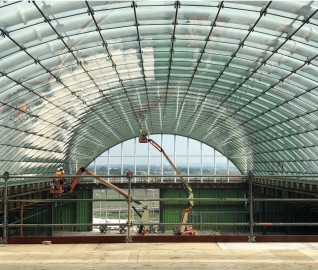 WJE analyzes fire hazards, evaluates risks, and develops project-specific code compliance... MORE >Services | Building and Fire Code Consulting
WJE analyzes fire hazards, evaluates risks, and develops project-specific code compliance... MORE >Services | Building and Fire Code Consulting -
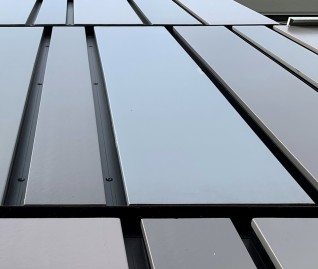 WJE professionals are capable of analyzing existing conditions and testing facade materials to... MORE >Services | Combustible Facade Evaluation
WJE professionals are capable of analyzing existing conditions and testing facade materials to... MORE >Services | Combustible Facade Evaluation -
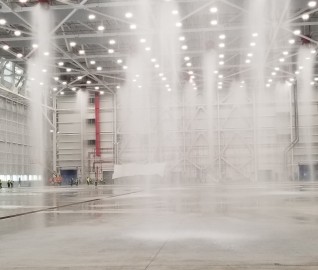 WJE's fire protection engineers evaluate the specific conditions at each project site to... MORE >Services | Fire Suppression System Design and Consulting
WJE's fire protection engineers evaluate the specific conditions at each project site to... MORE >Services | Fire Suppression System Design and Consulting



































